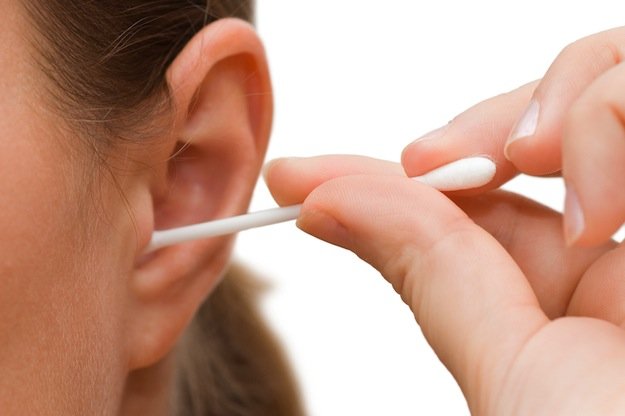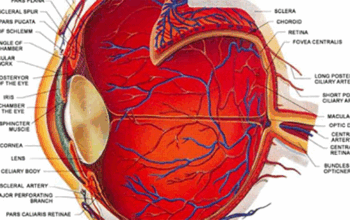In our quest for personal hygiene, many of us have developed habits that might do more harm than good. One such practice is the seemingly innocent act of cleaning the inside of our ears with cotton swabs or Q-tips. What most people don’t realize is that this common ritual can potentially cause serious damage to our delicate ear health.
The Hidden Dangers of Q-Tip Use
Every year, thousands of people unknowingly risk their hearing and ear health by inserting cotton swabs into their ear canals. Contrary to popular belief, these seemingly harmless tools can lead to a range of serious complications:
- Puncturing the eardrum
- Pushing earwax deeper into the ear canal
- Causing inner ear infections
- Potentially leading to hearing loss
Understanding Earwax: A Natural Protective Mechanism
Many people don’t realize that earwax, or cerumen, is actually a crucial defense mechanism for our ears. This naturally produced substance serves several important functions:
- Traps dust, debris, and microorganisms
- Provides lubrication for the ear canal
- Contains antibacterial properties
- Helps maintain the proper pH balance in the ear
The Risks of Improper Ear Cleaning
Medical professionals consistently warn against inserting any object into the ear canal. When you use a Q-tip, you’re not only risking physical damage but also disrupting the ear’s natural cleaning process. The human ear is designed to be self-cleaning, with earwax naturally migrating outward and falling out on its own.
Potential Consequences of Aggressive Ear Cleaning
The consequences of improper ear cleaning can be severe. Studies have shown that approximately 12,500 children are treated for cotton swab-related ear injuries annually. Adults are equally at risk, with potential complications including:
- Tympanic Membrane Perforation: A direct puncture of the eardrum that can cause permanent hearing damage
- Cerumen Impaction: Pushing earwax deeper, creating blockages that impair hearing
- Infections: Introducing bacteria into the ear canal, potentially causing otitis externa
Safe Alternatives for Ear Care
Instead of using Q-tips, consider these safer ear cleaning methods recommended by healthcare professionals:
- Gentle Exterior Cleaning: Use a soft, damp washcloth to clean the outer ear
- Ear Drops: Use over-the-counter ear drops to soften and remove excess wax
- Professional Irrigation: Have a healthcare provider perform safe ear cleaning when necessary
When to Seek Professional Help
If you experience symptoms like ear pain, reduced hearing, or a feeling of fullness in the ear, consult a healthcare professional. They can safely remove earwax and address any potential issues without risking damage to your ears.
Red Flags to Watch For
- Persistent ear pain
- Sudden hearing loss
- Discharge from the ear
- Persistent ringing or buzzing sounds
The Bottom Line
Your ears are delicate, sophisticated organs that are remarkably good at maintaining themselves. By avoiding invasive cleaning methods and respecting their natural processes, you can protect your hearing and overall ear health. Remember, when it comes to ear care, less is often more.
The next time you’re tempted to reach for a Q-tip, pause and consider the potential risks. Your ears will thank you for it.






